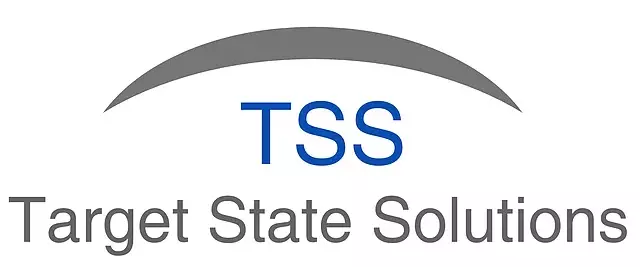SheetKraft Usage Scenarios
Posted under general on July 19 , 2017 by Koustubh Moharir
Stand-alone Desktop Addin Usage
In this scenario, SheetKraft is used on a user’s desktop as an addin to Microsoft Excel. There is no server component. SheetKraft is effectively an alternative to VBA macros that does not require programming knowledge. This scenario can be employed to solve problems where all required data is available with the user running the process and dedicated database tables to store historical data are not required. All business processes that are currently carried out manually on Excel can be solved with this scenario since the input data is available. While automation will save time, there will be no audit trails, versioning etc. The user creates automated workbooks by using SheetKraft functionality in Excel workbooks. These automated workbooks are entirely under the control of the user. The user can change any of the formulas that make up the automation via the addin user interface provided through the SheetKraft ribbon tab in Excel. No special programming expertise (such as knowledge of databases) is needed in this usage scenario. The user only needs to be familiar with SheetKraft functionality to use it effectively.
To run the automation, the user changes input cells and clicks the “Run Book” button on the ribbon. All the steps that make up the automation are run by the SheetKraft addin. The automation may generate output files on the user’s desktop. These files may be sent to other users by mail or via a shared drive or uploaded to a portal (such as SharePoint). The SheetKraft addin is not required to work with these generated files. The automated workbooks can be shared with other users who can run them on their own desktops provided they also have the SheetKraft addin installed.
Simple processes on SheetKraft Server
This scenario is similar to the scenario above and can be used to solve the same set of problems. It adds a structured way to organize and share the automated workbook and maintain a trail of user activity, inputs and outputs, versions of the logic, etc. Automated workbooks are created as described in the previous scenario. These are published as activities by specifying inputs and outputs from the Excel addin. The activities are then available to multiple users via a web-interface. Excel is no longer required to run the activities. All input data is directly provided via fields in a web interface or by uploading one or more files at the time of running the activity. The web interface allows viewing results directly on the web page or downloading generated files. Inputs, outputs, and details of the user running the activity are automatically captured in a database producing an audit trail. It is possible to view previous runs of activities along with their inputs and outputs. Older versions of the activities are also automatically retained in the database, and it is possible to restore an older version if necessary. Access rights can be defined on the activities at various levels of categorization. Users do not need any specialized technical knowledge beyond that mentioned in the previous scenario.
Complex Applications
This scenario involves elaborate business processes involving multiple users where it is not feasible to provide all input data for each activity at the time of running it. Tables in a database are necessary to hold data and results of calculations. In this scenario, an upfront design for the data flow and structure is necessary. Some knowledge of relational databases is also required during the implementation of the automation. Business users are not expected to have this kind of knowledge. Members of an implementation team trained in SheetKraft and having basic knowledge of database technologies work with the business users to understand the process, design database tables and decompose the business process into smaller activities. The database tables are created and populated with initial data. Each activity is then setup in a similar way as described in the previous scenarios. Many of these activities will have some steps to read data from the database tables and to push data and calculated results back into the database tables. Once the database has been designed and initialized, it is possible for users to make minor modifications to the logic of individual activities. To make such changes, the users’ machines will need connectivity to the application database. In this scenario, separate activities are responsible for data sourcing, calculation logic and reporting. A change in one part of the process can be isolated from the other parts of the process, thus increasing robustness by minimizing the impact of changes. If the data can be sourced from an interface to another system, most of the activities require very few manual inputs from the user, and file uploads can be eliminated. Activities can also be scheduled to run automatically with no user intervention at all. Activities can be configured to generate files at pre-defined locations and these can be picked up by other applications or sent via email automatically.
TAGGED:SheetKraftAdd-InUsage
Let's talk
Address
7th floor, Unit No. 715, C Wing,
Kailas Business Park, S. Veer Savarkar Marg,
Park Site, Vikhroli (W), Mumbai-400079.

